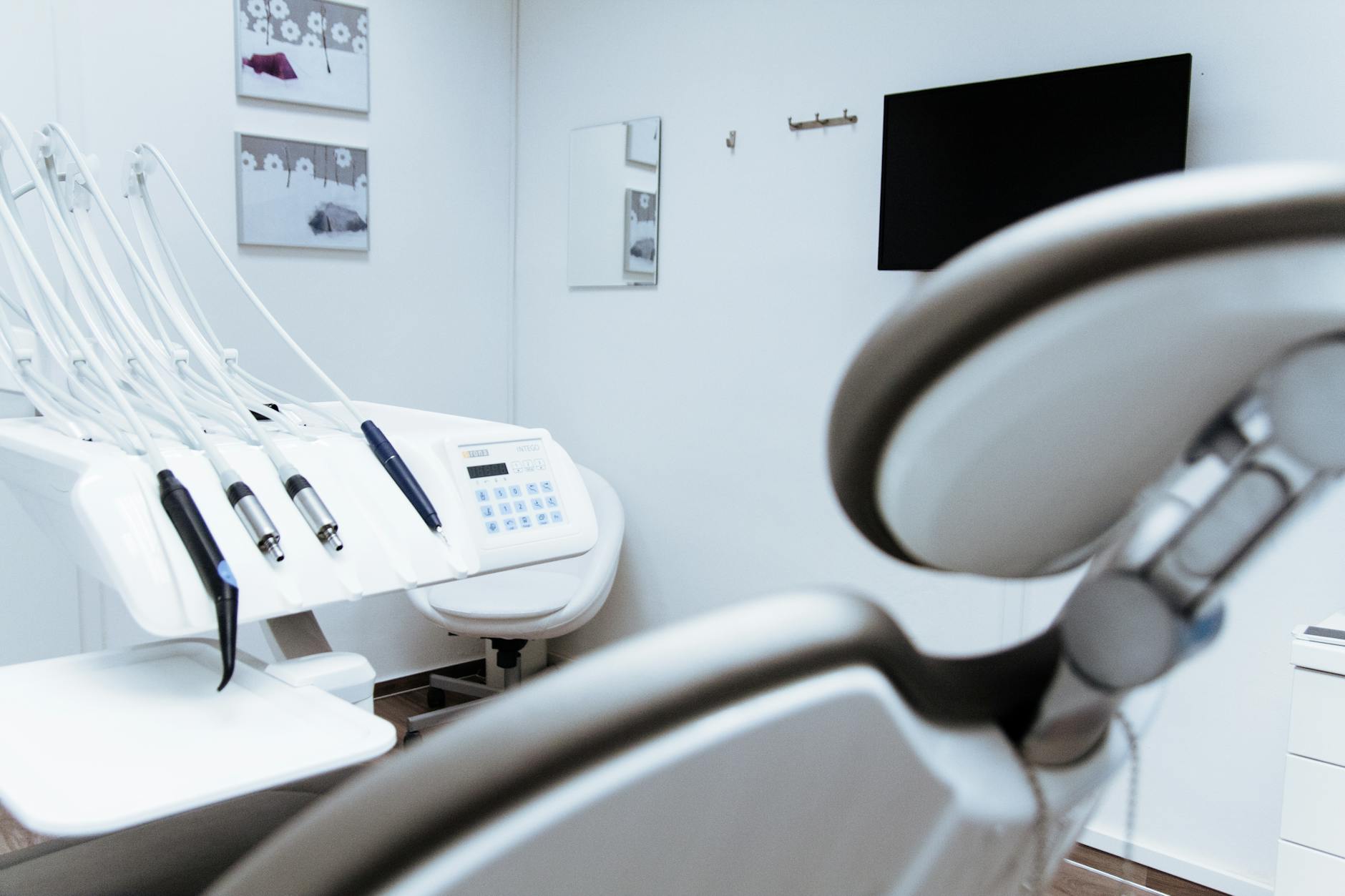
As a prosthodontist, I’ve seen firsthand how implant-supported prosthetics can transform lives. They provide a stable, long-lasting solution for those dealing with missing teeth. Implant-supported prosthetics are essentially artificial teeth anchored by implants, which are titanium posts surgically placed into the jawbone. Let me take you through how these amazing devices can change your life.
Comprehensive Assessment and Planning
First, I begin with a thorough examination of your dental health. This involves reviewing your dental history and performing detailed oral examinations. Diagnostic tests like X-rays or CT scans are crucial in this phase to understand the condition of your jawbone and identify the best placement for the implants. This comprehensive assessment is essential to ensure the success of the treatment.
Personalized Treatment Plan
Once I have a clear picture of your dental health, I create a personalized treatment plan tailored to your specific needs and goals. This might include options like single-tooth implants, implant-supported bridges, or even full arch replacements. Each plan is customized to restore both function and aesthetics, allowing you to eat, speak, and smile confidently again. For example, if multiple teeth are missing, I’ll evaluate the best implant placement to support the prosthetics.
The Implant Placement Procedure
The actual implant placement involves a minor surgical procedure. During this procedure, I insert the titanium posts into your jawbone. These posts act as artificial roots, providing a sturdy foundation for the prosthetic teeth. After the implants are placed, there is a healing period during which the bone integrates with the implants. This process, known as osseointegration, is critical for the stability of the implants.

Crafting the Perfect Prosthetics
While the implants are healing, I work on designing the prosthetic teeth. These can be crowns, bridges, or dentures, depending on your specific needs. I ensure that the prosthetics are crafted to match the natural color, shape, and size of your teeth. This way, they blend seamlessly with your remaining teeth, giving you a natural-looking smile.
Fitting the Prosthetics
Once the implants have fully integrated with the jawbone, it’s time to attach the prosthetics. This involves fitting the artificial teeth onto the implants and making any necessary adjustments to ensure a perfect fit. The goal is to make sure the prosthetics feel comfortable and function just like natural teeth.
Regular Follow-Ups and Maintenance
After the prosthetics are fitted, regular follow-up visits are crucial. I monitor the health of the implants and the surrounding tissues to ensure everything remains in good condition. Regular maintenance and good oral hygiene are essential to the long-term success of implant-supported prosthetics.
The Benefits of Implant-Supported Prosthetics
Implant-supported prosthetics offer numerous benefits over traditional dentures and bridges. They provide a more stable and secure fit, which means no more worrying about your teeth slipping or clicking. They also help preserve the jawbone, preventing the bone loss that typically occurs with missing teeth. This helps maintain the natural shape of your face and prevents that sunken look associated with dentures.
Bringing Back the Spark: The Magic of Smile Restoration
Seeing a patient’s confidence boost after a successful restoration is incredibly rewarding. Sometimes, I joke with my patients that we’re not just restoring teeth, we’re restoring confidence and happiness!

Managing Complex Cases
Prosthodontists often handle complex dental cases involving multiple missing or damaged teeth. Full mouth reconstructions are a significant part of my practice, where every tooth is restored or replaced. These cases require meticulous planning and coordination with other dental specialists, such as orthodontists and periodontists. By working together, we can achieve the best results for the patient, ensuring both function and aesthetics are restored.
The Importance of Aesthetics
While restoring function is the primary goal, aesthetics are equally important in prosthetic treatment. Patients desire natural-looking restorations that blend seamlessly with their remaining teeth. Modern materials and techniques allow us to create prosthetics that are virtually indistinguishable from natural teeth. This focus on aesthetics helps boost patients’ confidence and satisfaction with their dental work.
Technological Advances
The field of prosthodontics has seen significant advancements due to technology. Digital imaging, 3D printing, and CAD/CAM technology have revolutionized the way we design and manufacture prosthetics. These technologies enable greater precision, efficiency, and customization, leading to better outcomes for patients. Embracing these advancements ensures that I can provide the highest standard of care.
Emotional Support and Counseling
Dealing with dental issues can be emotionally challenging for patients. As a prosthodontist, providing emotional support and counseling is an important part of my job. I help patients understand the treatment process, set realistic expectations, and support them through their journey. This comprehensive approach helps patients feel more comfortable and confident in their treatment decisions.
Conclusion: Transforming Smiles, Transforming Lives
In conclusion, prosthetic treatment for damaged or missing teeth goes beyond merely restoring teeth. It involves improving patients’ quality of life by enhancing their ability to eat, speak, and smile confidently. From dental implants to dentures and crowns, each treatment is tailored to meet the unique needs of the patient. For more detailed information on prosthodontics and the services we offer, you can visit the American College of Prosthodontists and the National Institute of Dental and Craniofacial Research. These resources provide valuable insights and support for those seeking dental restoration.
By understanding the role of prosthodontists and the treatments available, you can make informed decisions about your dental health and achieve the smile you’ve always wanted.
